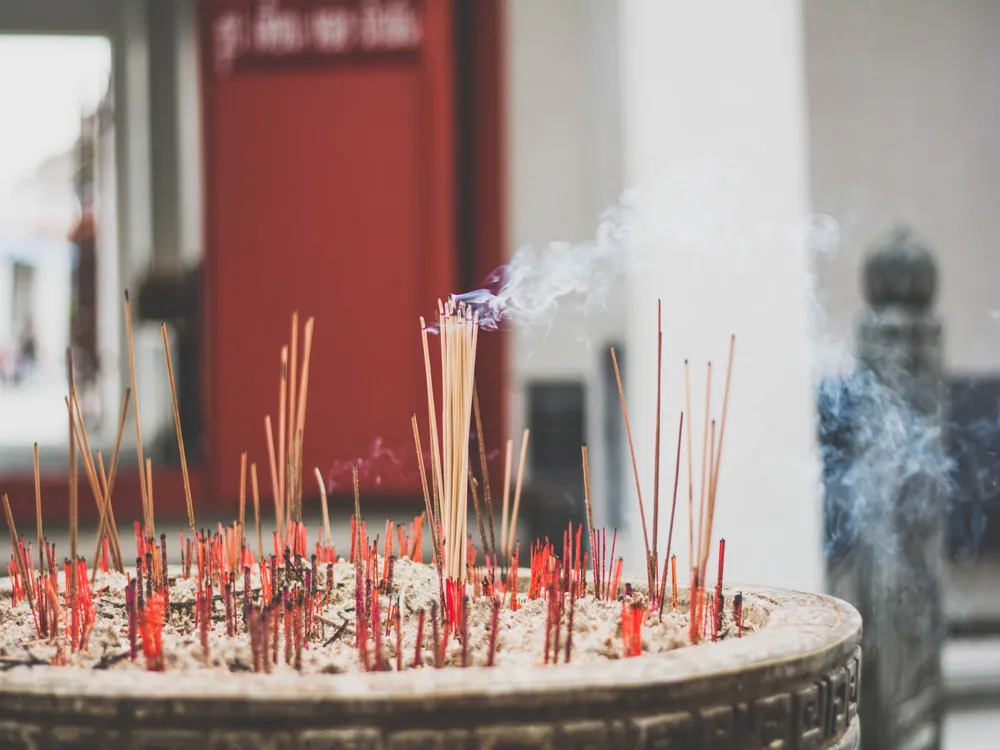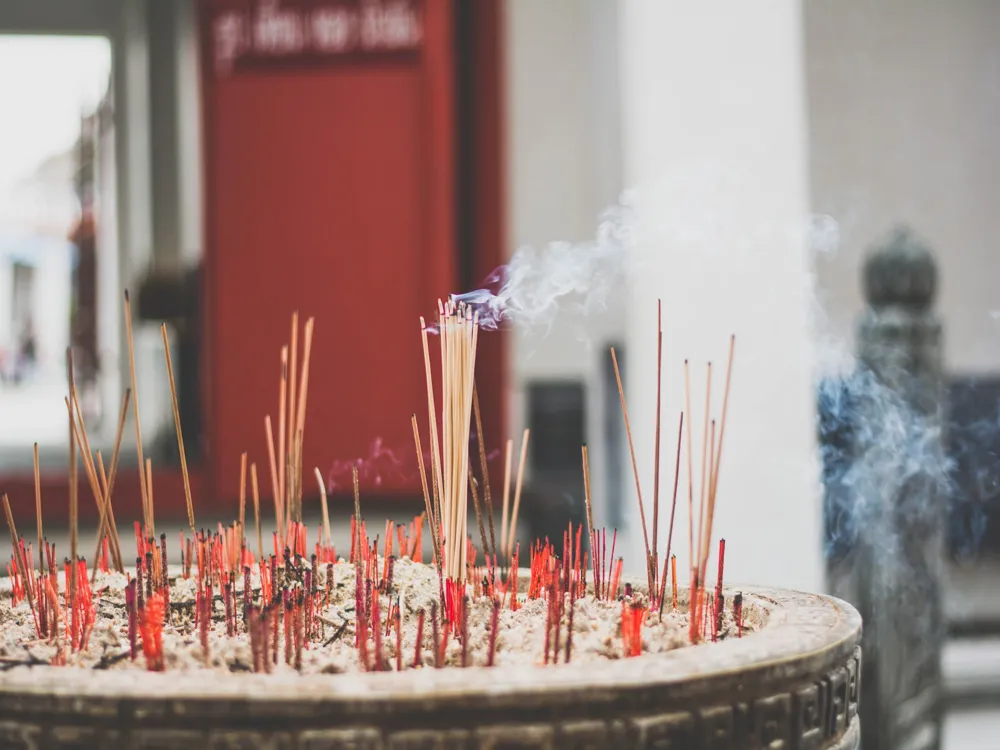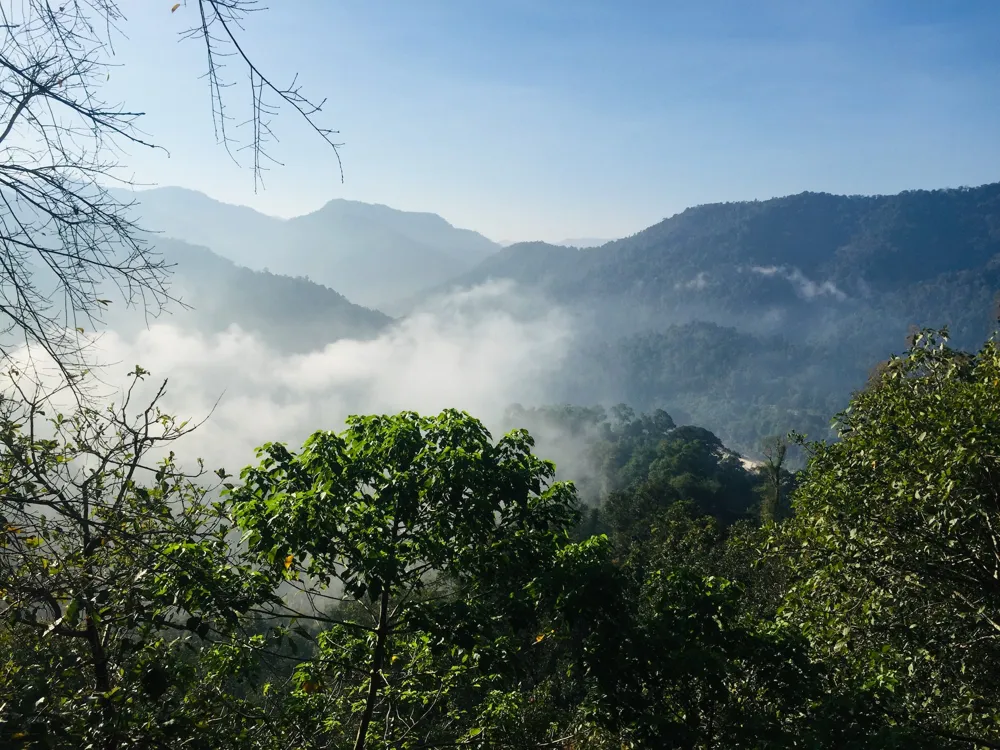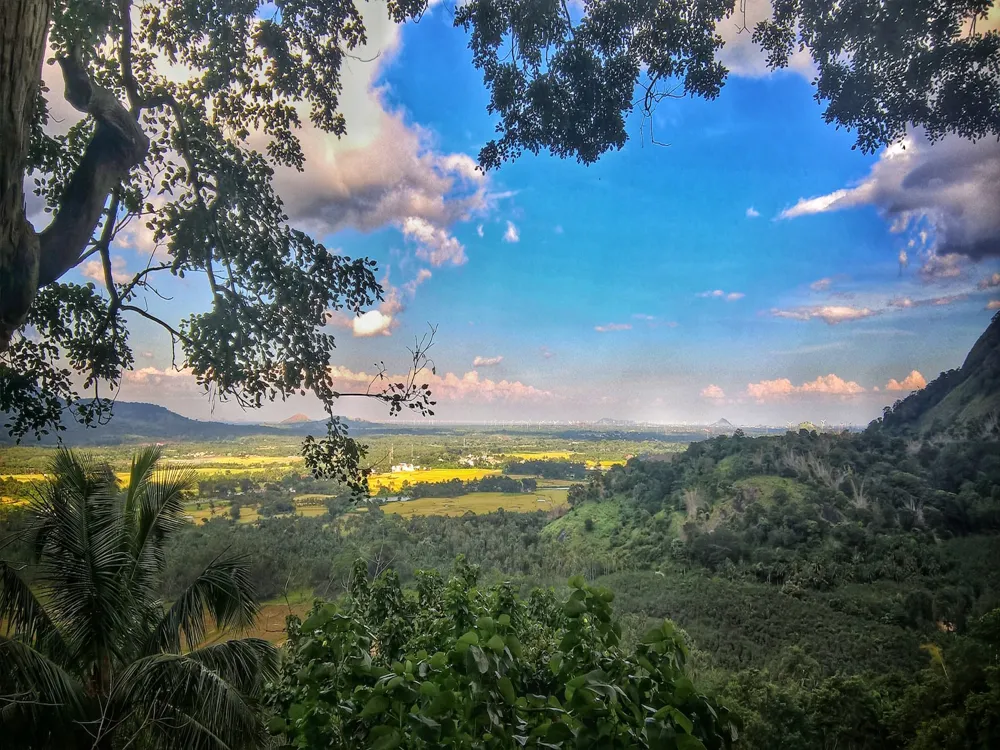Nestled in the heart of Kerala, Niranam is a serene village in the Pathanamthitta district. This hidden gem is steeped in history and culture, offering a glimpse into the rich heritage of Kerala. Niranam, known for its lush green landscapes and tranquil backwaters, is not just a destination; it's an experience that embodies the essence of Kerala's pristine beauty. The village of Niranam has a history that dates back centuries. It is famously known for being one of the seven half churches established by St. Thomas, the apostle, in AD 52. This historical significance has bestowed Niranam with a spiritual aura that resonates through its lanes and bylanes. The Niranam Church, believed to be one of the oldest Christian churches in India, stands as a testament to the village's ancient roots and religious diversity. Aside from its historical and religious significance, Niranam is a haven for nature lovers. The village is surrounded by the Pamba River, nurturing an ecosystem rich in flora and fauna. The lush paddy fields, coconut groves, and tranquil backwaters offer a picturesque setting, ideal for those seeking solace away from the hustle and bustle of city life. The traditional kettuvallams (houseboats) gliding over the backwaters provide a unique way to explore the natural beauty of Niranam. Niranam's architecture is a blend of history, culture, and art, reflecting the various influences that have shaped this region over centuries. The architectural landscape of Niranam is dominated by traditional Kerala-style designs, with influences from colonial and religious architecture. The most iconic structure in Niranam is the St. Mary's Orthodox Syrian Church, renowned for its ancient architecture that dates back to the 1st century. The church's design is a splendid example of traditional Kerala Christian architecture, with gabled roofs, wooden carvings, and ornate murals. The church's interior is adorned with beautiful frescoes and paintings depicting biblical scenes, showcasing the artistic heritage of the region. Besides religious structures, Niranam's architecture is also reflected in its residential buildings. The traditional Nalukettu houses, characterized by their quadrangular design, central courtyards, and sloping roofs, are a common sight. These houses are built using local materials like wood, laterite, and clay, and are designed to be in harmony with the natural environment, ensuring ventilation and natural lighting. The ideal time to visit Niranam is from September to March when the weather is pleasant, and the backwaters are serene. This period avoids the heavy monsoons and the scorching summer heat, providing the perfect climate for exploration. Respect local customs and traditions when visiting Niranam. Dress modestly, especially when visiting religious sites. It's also advisable to seek permission before taking photographs of locals or their homes. Don’t miss out on the local cuisine, which is rich in flavors and spices. Dishes like Karimeen Pollichathu (pearl spot fish marinated and grilled in banana leaves) and Puttu (steamed rice cake) with Kadala curry are a must-try. Niranam is accessible by various modes of transport. The nearest airport is Trivandrum International Airport, about 119 kilometers away. From there, one can hire a taxi or take a bus to Niranam. The nearest railway station is Thiruvalla, around 10 kilometers from Niranam. Regular bus services and taxis are available from Thiruvalla to Niranam. Additionally, for those who prefer a scenic route, houseboats, and local boats are available from various parts of Kerala's backwaters. Read More:Overview of Niranam, Pathanamthitta, Kerala
Architecture of Niranam
Tips When Visiting Niranam
Best Time to Visit
Cultural Etiquette
Local Cuisine
How To Reach Niranam
Niranam
Pathanamthitta
Kerala
NaN onwards
View pathanamthitta Packages
Pathanamthitta Travel Packages
View All Packages For Pathanamthitta
Top Hotel Collections for Pathanamthitta

Private Pool

Luxury Hotels

5-Star Hotels

Pet Friendly
Top Hotels Near Pathanamthitta
Other Top Ranking Places In Pathanamthitta
View All Places To Visit In pathanamthitta
View pathanamthitta Packages
Pathanamthitta Travel Packages
View All Packages For Pathanamthitta
Top Hotel Collections for Pathanamthitta

Private Pool

Luxury Hotels

5-Star Hotels

Pet Friendly






















